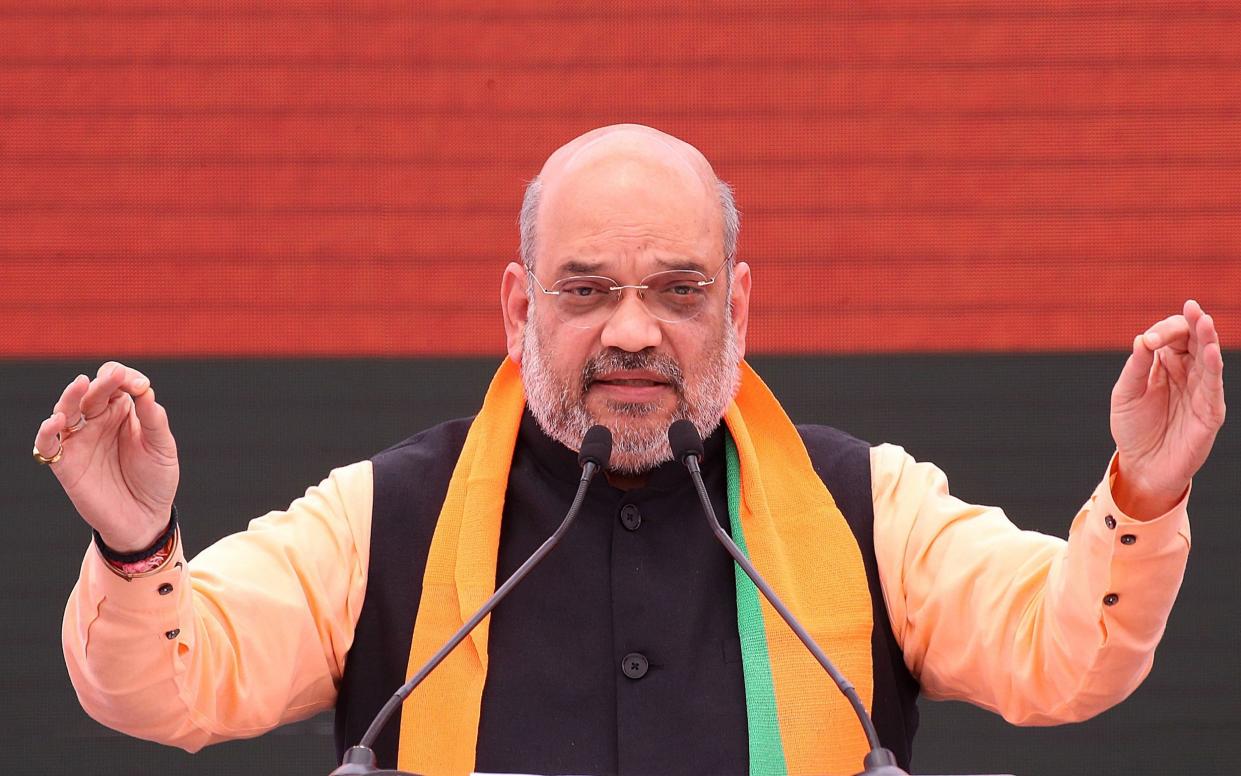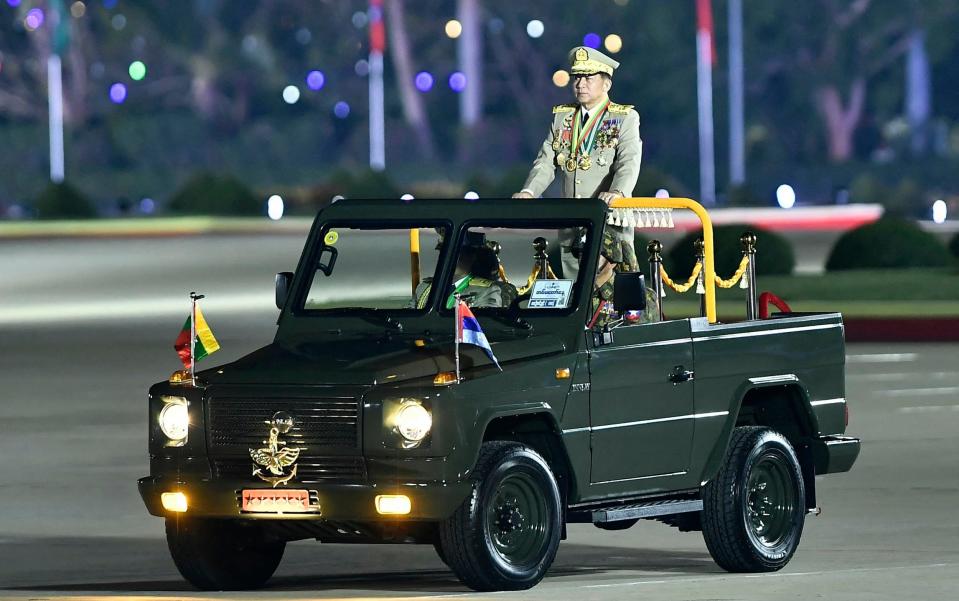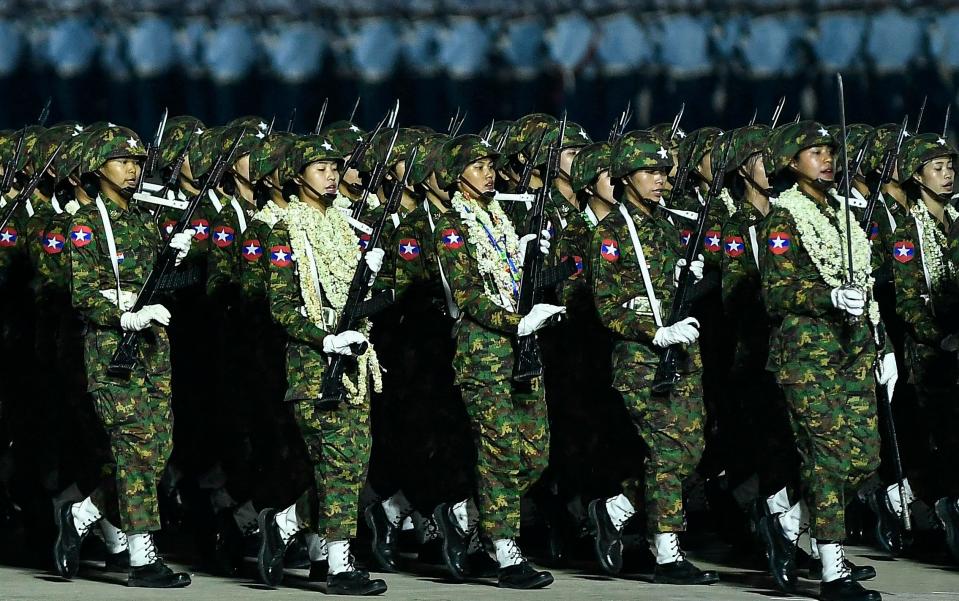India to build £3bn fence on Myanmar border

India plans to build a £2.9 billion fence along its border with Myanmar to crack down on smuggling and prevent refugees fleeing the civil war there from crossing into its northern territories.
The move to fence the porous, 1,000-mile-long border involves the four north-eastern Indian states of Arunachal Pradesh, Nagaland, Manipur and Mizoram.
A government committee earlier this month approved the cost for the fencing, which needs to be approved by Prime Minister Narendra Modi’s cabinet, Reuters reported.
Amit Shah, India’s home minister, last month said his government had decided to scrap the Free Movement Regime along the Myanmar border to “ensure the internal security of the country and to maintain the demographic structure of India’s North Eastern States”.
Mr Shah, a close aide of Mr Modi, recommended the immediate suspension of the regime, which since 2018 has allowed residents of both countries living along the border to travel up to 10 miles into each other’s territory without a visa.
The border fence plan comes against the backdrop of a worsening civil conflict in Myanmar, as well as ethnic violence in India’s Manipur, where 219 people have been killed since May last year.
Myanmar is currently ruled by the military junta which in February 2021 ousted the democratically elected government, plunging the country into a state of instability and violence. The coup led to an armed uprising against the military rulers.


Last year, three ethnic armed groups formed a successful alliance against the military junta, leading to the latter losing control over vast areas, including some along the border with China and India.
Since the coup, an estimated two million people have been displaced in the fighting, according to the UN. Thousands of civilians and hundreds of troops from Myanmar have fled to Indian states where communities between the two countries share ethnic and familial ties.
On Wednesday, the head of Myanmar’s ruling military council marked Armed Forces Day with a speech claiming that the nation’s youth were being tricked into supporting the resistance against the army rule and that ethnic armed groups allied with the resistance engage in drug trafficking, smuggling of natural resources and illegal gambling.
On March 1, the northeastern state of Nagaland adopted a resolution urging the Modi government to reconsider its decision to fence the Indo-Myanmar border and end the Free Movement Regime, appealing to the government to work out regulations for the movement of people across the boundary.
Days later, however, the neighbouring state of Manipur began deporting the Myanmar refugees who had sought shelter there after the 2021 military coup.

 Yahoo News
Yahoo News 
